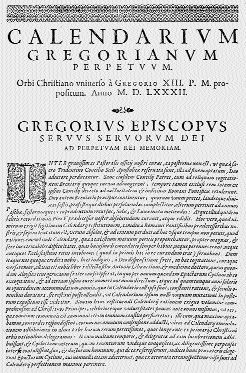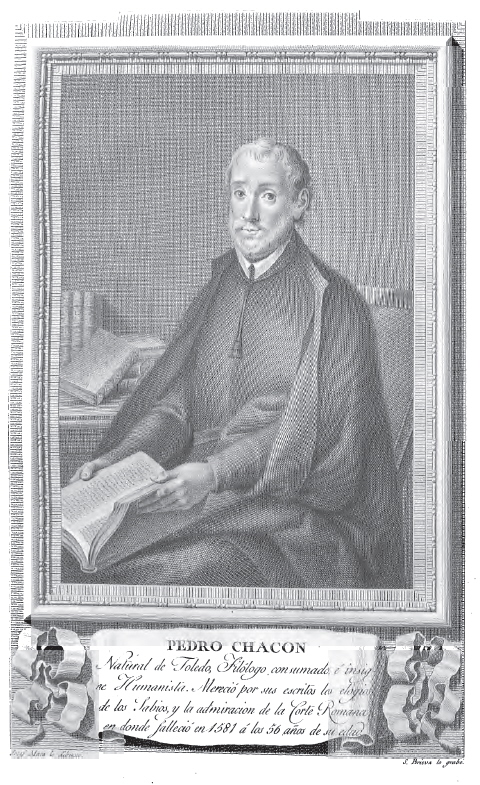 The history of humanity has thousands of ins and outs that have changed our way of living. The year we find ourselves in, for example, is a number that we accept and celebrate every January 1 to welcome another 365 days or 366 every four periods.
The history of humanity has thousands of ins and outs that have changed our way of living. The year we find ourselves in, for example, is a number that we accept and celebrate every January 1 to welcome another 365 days or 366 every four periods.
Thus, since last January 1, the Western world entered the year 2022. This was taken naturally by the majority of the population, although not all places on the planet entered the same way when they circled the sun that day.
The Chinese calendar, for example, is currently in the year 4719 where, according to the most extensive studies, its origin would be 2679 before ours, the Gregorian calendar. Its establishment meant such an important change in the life of a large part of the planet that it regulates today the year in which we live.
About 500 years ago the months were not structured as they are today. The world was regulated by the Roman calendar, which was the first system to divide time in Ancient Rome, whose legend states that it was created by one of the two founders of the city, Romulus. This was based on months of 29 days, 12 hours and 44 minutes that, according to the moon, could amount to 30 days.
But this almanac underwent various changes such as the one introduced by Julius Caesar, influenced by Sosigenes of Alexandria who decided to establish modifications to this system. Thus, a new calendar, called Julian in honour of the president, was implemented in the year 46 BC and established years of 365 days where every 4 years the leap figure would appear.
But the most important change to the way of structuring the days and months until today would occur in the sixteenth century. Pope Gregory XIII decided to establish what is today our almanac and January 1 was considered the beginning of the year, something ingrained in society.
 Although the initiative was approved by the pontiff, the origin of this calendar has its home here in Spain. Spain was in charge of creating the day manager used by most of the planet thanks to research carried out by the University of Salamanca that would revolutionise calendars forever.
Although the initiative was approved by the pontiff, the origin of this calendar has its home here in Spain. Spain was in charge of creating the day manager used by most of the planet thanks to research carried out by the University of Salamanca that would revolutionise calendars forever.
The study was carried out by a commission of professors from the institution appointed by the Pope and directed by Pedro Chacón, one of the most important mathematicians in Spain during that century. He, unfortunately, died in 1581 without being able to see the adoption of the calendar.
The page specialising in historical issues on the Twitter social network "theespanishlegacy" exposes how Pope Gregory XIII turned to the teachers of the Spanish university because this was "one of the main centres of knowledge in the world." In this sense, it should be noted that it only took three years to prepare the investigation, a milestone for the time.
After the publication, it was Philip II himself who pressured the highest pontiff to establish the new calendar, leaving behind the Julian calendar, which had been lagging behind ten days since its creation. Thus, after various deliberations, the pope accepted the Spanish proposal and research and it was adopted by pioneering countries Spain, Italy and France.